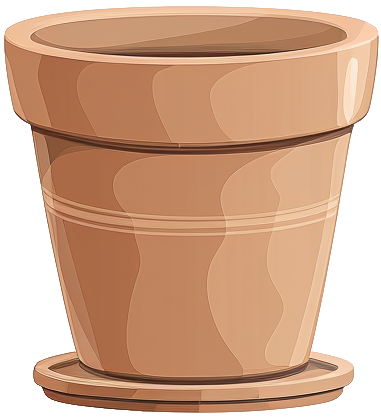- lavandula
- canariensis

lavandula
canariensis
canariensis
Care level
Medium
Popularity
Niche
Native to the Canary Islands, this unique lavender stands out with its tall, branching stems and distinctive jagged-toothed leaves that have a silvery-green sheen. Its large, deep purple flower spikes bloom almost year-round in warm climates, making it a particularly generous variety for both fragrance and visual impact.
Care & maintenance
Light
Light that enters through west or south-facing windows, the most intense light for your interior that will expose plants directly to sunlight.
Temperature
Wide range (44.6°F - 89.6°F)
Fertilization frequency
Low
Once per season.
Soil
Choose a Succulent and cactus mix: A well-draining blend with coarse texture. Promotes root health by preventing water-logging and mimicking arid natural habitats.
If you want to create your own substrate, you can make a mixture of the following soils:
Click on the soil name for more information.
Pot

Standard size
Prefer a pot with a classic width/depth ratio.
Incorrect or incomplete information?
In our goal of building the best plant database, we sometimes make mistakes or have incomplete information. You can help us fill these gaps!
Features
Size & growth
Medium
Upright
Moderate growth
This plant grows at a moderate rate. It can reach 1 to 3 feet in height or spread.
It grows upwards without support.
Toxicity
| Cat | |||
|---|---|---|---|
| Dog | |||
| Human |
Reproduction & propagation
Fruits & flowers
Flowering & not self-pollinating
The lavandula canariensis can produce flowers and therefore fruits.
This plant is not capable of self-pollination, it will not be able to produce fruits if it is not pollinated by another individual.



